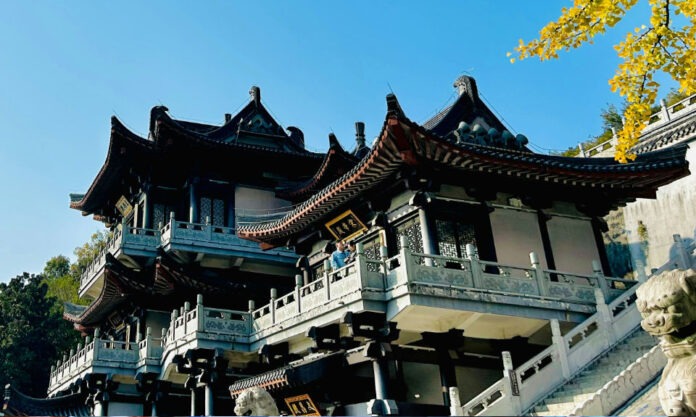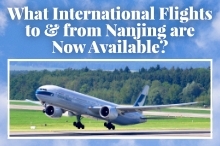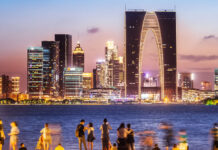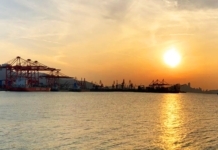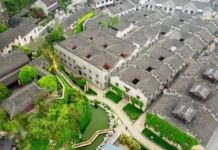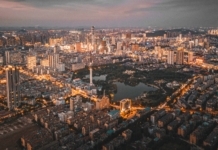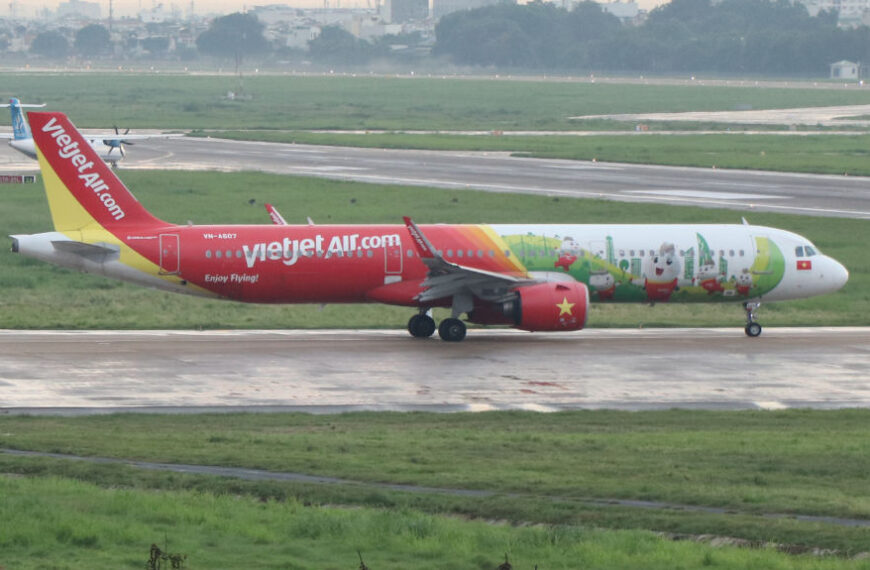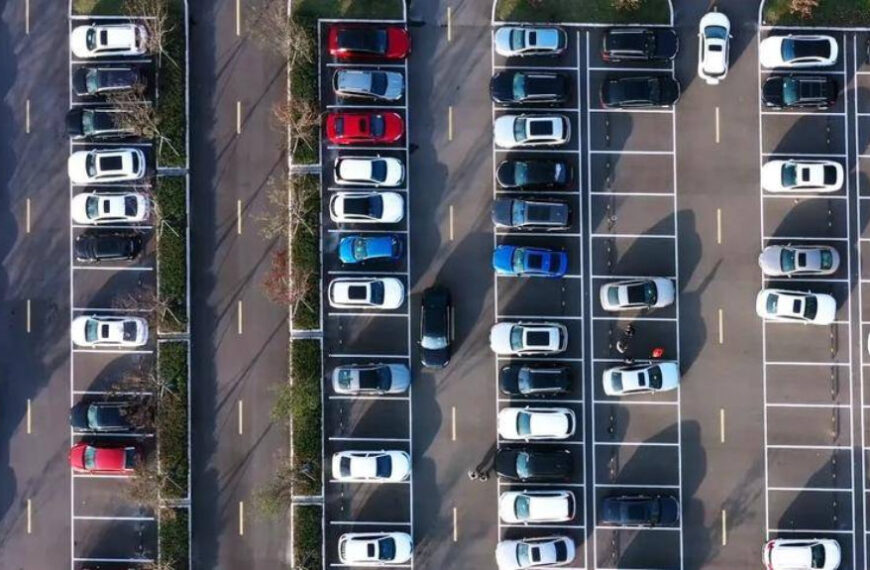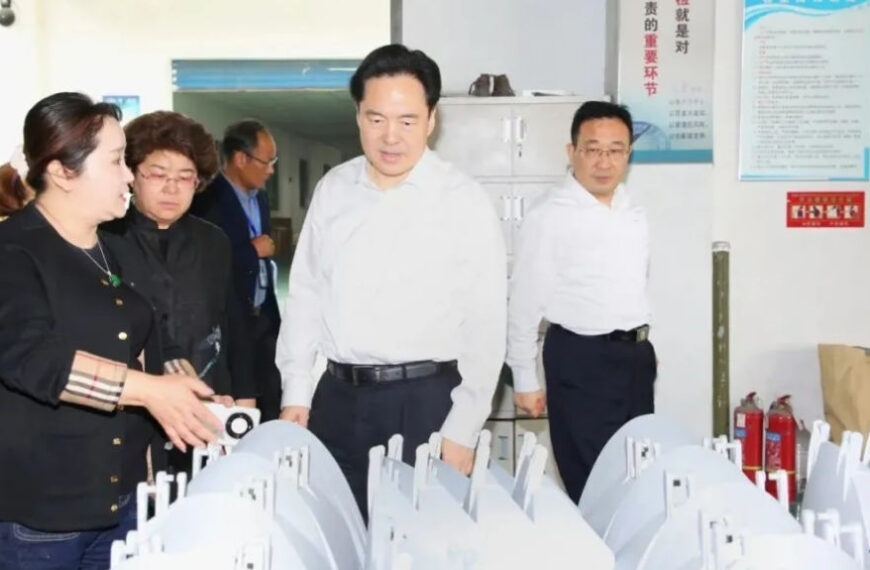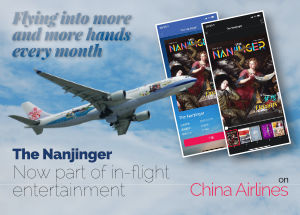As a relatively young city compared to many others, Changzhou dates back only a little more than 2,000 years, to the beginning of the Qin Dynasty. Historical records put a date for the first settlement in the area at 221 BCE.
While the city developed as a commercial centre and a logistics hub for agricultural produce, modern Changzhou was to make its fortune in cotton. Development of the City’s cotton textile industry that began in the 1920s received a boost during the Second Sino-Japanese War, as Shanghai-based businesses began to look elsewhere. As a result, Changzhou saw many cotton mills established in the following decade.
Today, textiles continue to play a big role in the local economy, as do food processing, engineering, horticulture and high-efficiency agriculture. Changzhou was ranked as the ninth best business city in mainland China by Forbes in 2008.
More recently, economic activity was given another boost with the inauguration of the Changzhou Economic Development Zone in 2015, while today construction is on track for a 30-minute link across the Yangtze River with Taizhou. Called China’s first “three-in-one” bridge over the Yangtze, the engineering marvel will combine expressway, highway and and inter-city railway on what will also be the cable-stayed bridge with the world’s longest span, at 1,176 metres. The bridge is expected to open by the end of 2024.
Such a transportation link shall also be crucial in realising the Wuxi-Taizhou-Changzhou city cluster, one of several initiatives which shall bring about greater economic and social connectivity between cities across the Yangtze River Delta.
In terms of famed Changzhounese, foreign students of the Chinese language in particular have to thank Zhou Youguang. For Changzhou was the birthplace of Zhou, who would in his lifetime create the pinyin system.
Geographically, Changzhou is a strange creature indeed. The second-smallest city jurisdiction in Jiangsu, Changzhou is split into east and west sections which are askew on a north-south axis. The upshot is the City extends from the banks of the Yangtze River in the north, all the way to Tianmu Lake to border both Zhejiang Province and Anhui Province in the south.
Such a fact draws in the tourists, firstly to take in the splendour of some 140 square kilometres of bamboo plants lying on the slopes of two primary peaks in and around the Nanshan Bamboo Sea, second to take in the pandas, and then to ascend to the Wuyue Viewing Area, for a 360-degree view from the point that constitutes the meeting of three provinces.
Also nestled among the area’s gently-rolling hills is spectacular Tianmu Lake, from which the waters make for some of the finest beer around and an escape into the world of wellness, hot springs and rejuvenation.
Those wishing to be not-quite-so relaxed might visit the China Dinosaur Park, located in Changzhou’s downtown Xinbei District. Therein, the Brontosaurus Roller Coaster is among the Park’s top draws, while the National 5A Tourist Attraction also boasts a collection of dinosaur bones and fossils from all over China.
In terms of public tranportation, Line 1 of the Changzhou Metro opened in 2019, followed by Line 2 in 2021. Preceding it by many years, though, was the extensive Changzhou BRT System linking much of Changzhou.
In terms of monthly-per-capita GDP, Changzhou ranks bottom among the cities in Jiangsu south of the Yangtze River, with each person nevertheless earning a very respectable ¥13,320 in 2021.
Changzhou is 40 minutes by high-speed train from Nanjing and 1 hour from Shanghai. The city is also served by Changzhou Benniu International Airport.


